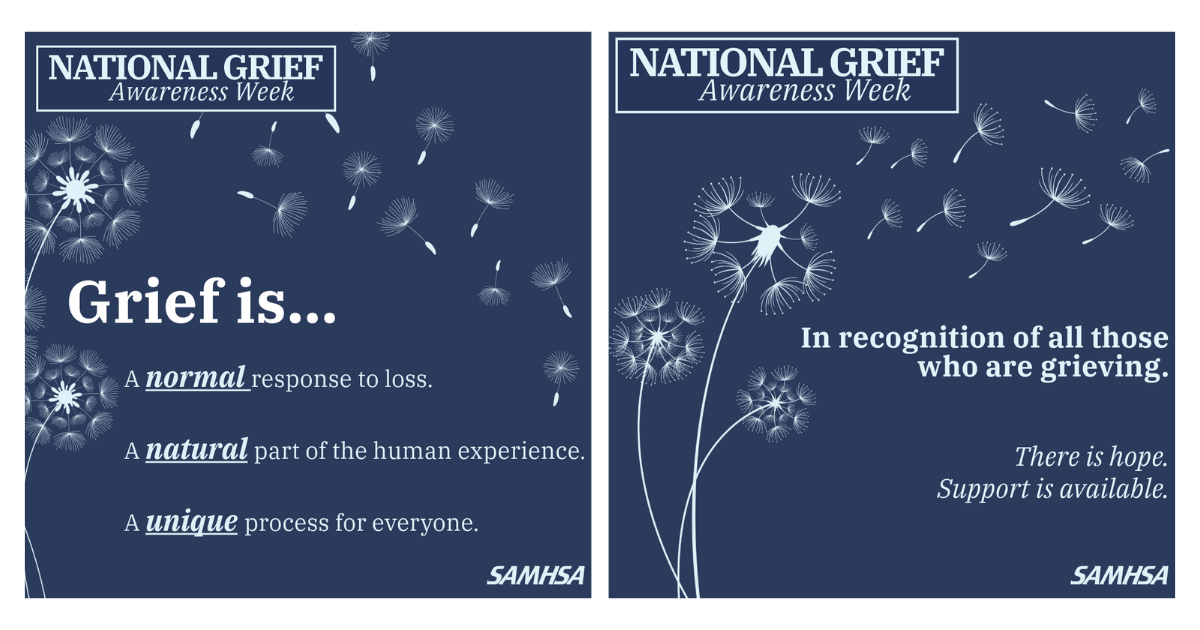Ohio Mortuary School Emphasizes Serving the Living
 The cremation ceremony unfolds like many others: Prayers, scripture readings, scattering of the ashes.
The cremation ceremony unfolds like many others: Prayers, scripture readings, scattering of the ashes.
Then David Tackett steps in.
“Remember your Episcopal service is more liturgical,” Tackett tells the dozen or so assembled. “If you serve an Episcopal clientele, you’ll do a lot of cremation ceremonies.”
Tackett’s audience isn’t a grieving family but his students at the Cincinnati College of Mortuary Science. A week before they graduate, students are running through an entire funeral and scattering ceremony, part of their capstone class in the associate’s degree program.
One student, Kirk Nims, plays the part of the funeral director, the role he hopes to fill in reality after earning his bachelor’s degree from CCMS.
“You have to have a feeling for the family that you’re serving,” said Nims, 36, from Cleveland.
Nearly 100 students are pursuing the same path at the unassuming campus. They take classes in Embalming Theory and Anatomy, but also in psychology, chemistry, statistics and restorative art.
The recession has taken its toll on the funeral business as families cut out frills to save money.
But the jokes about funerals being a “recession-proof” business still apply, as Baby Boomers reach and pass retirement age.
Demographics predict the U.S. death rate will spike in about 2030.
CCMS President Karen Giles said the school is training a new generation of funeral directors, with skills targeted just as much to serving the living as caring for the dead.
“It’s a combination of art and science,” Giles said. “It’s a restorative art. It’s about the science of running a business. We’ve got to provide all of those things.”
CCMS offers one of a handful of bachelor’s degree programs in Mortuary Science in the entire country. Ohio requires a bachelor’s degree for licensed funeral directors and CCMS often accepts credits earned at other colleges.
The school also offers an associate’s degree program in Applied Science.
The basic science of embalming hasn’t changed dramatically but the funeral industry certainly has, consolidating during the past two decades as big public companies have started buying family-owned funeral homes.
Cremations also are on the rise, with more funeral homes starting to include their own crematories.
Gwen Mooney, operator of the Gwen Mooney Funeral Home at Spring Grove Cemetery, graduated from CCMS in 1992. She has a consistent stream of students finishing their “practicum” courses, or a one-year apprenticeship, at her funeral home.
She said the basic funeral ceremony is changing as well.
“People are really looking for more of a life celebration when their loved one dies, rather than just a funeral ceremony,” Mooney said. “Students we’re getting definitely understand that.”
That’s one thing that attracted Laura Jacobson and her husband Chris to CCMS. She said they’d eventually like to own a funeral home together.
“A lot of people think you only deal with the dead,” said Jacobson, 26, who is in the associate’s program. “I actually look forward to dealing with the family. It’s not the kind of career you want to get into just to make money. You have to have a heart for it.”



